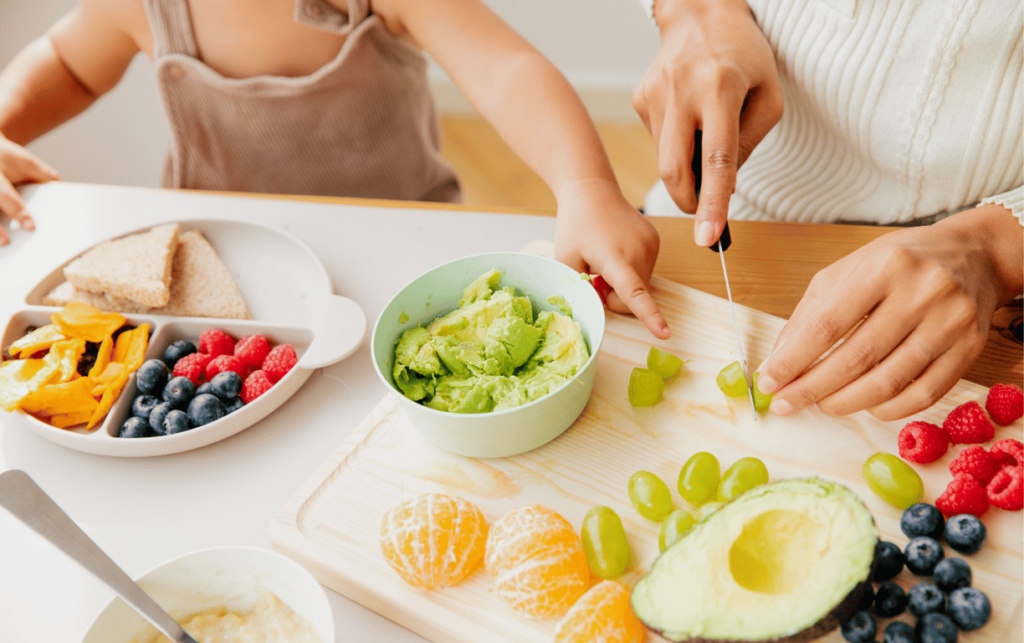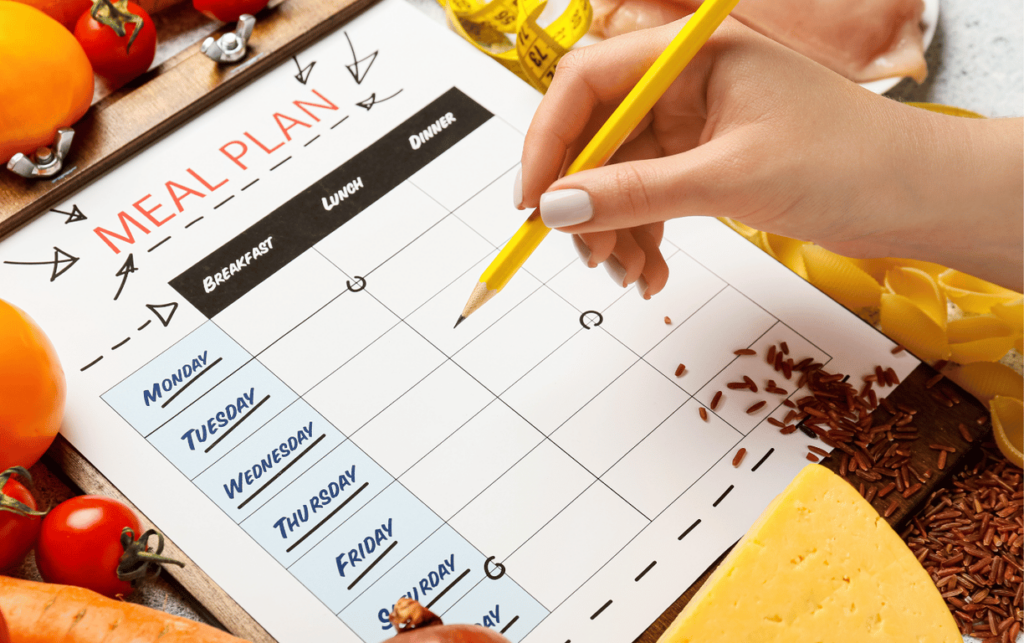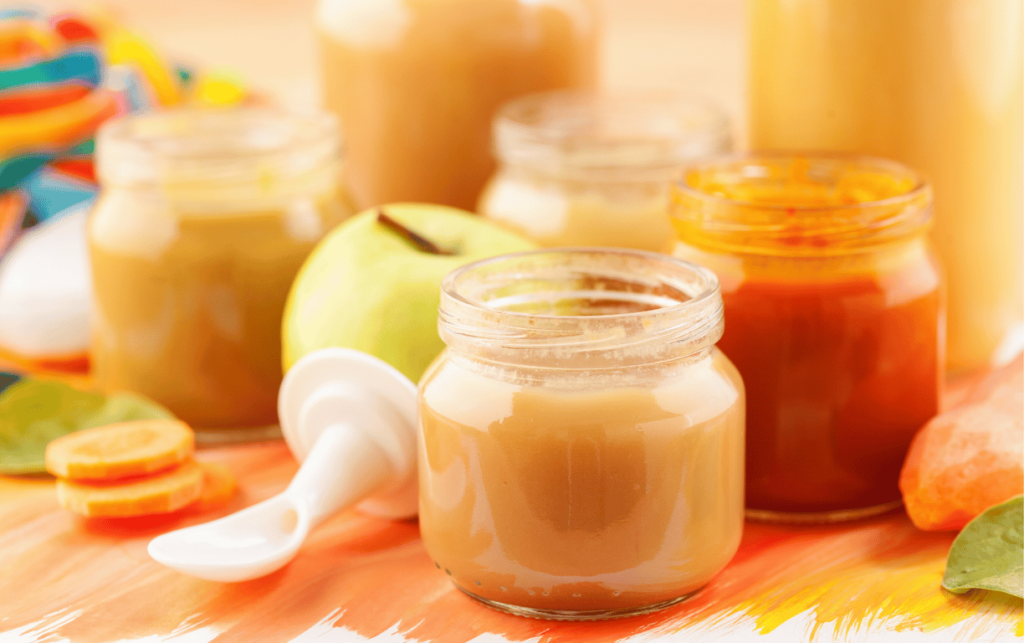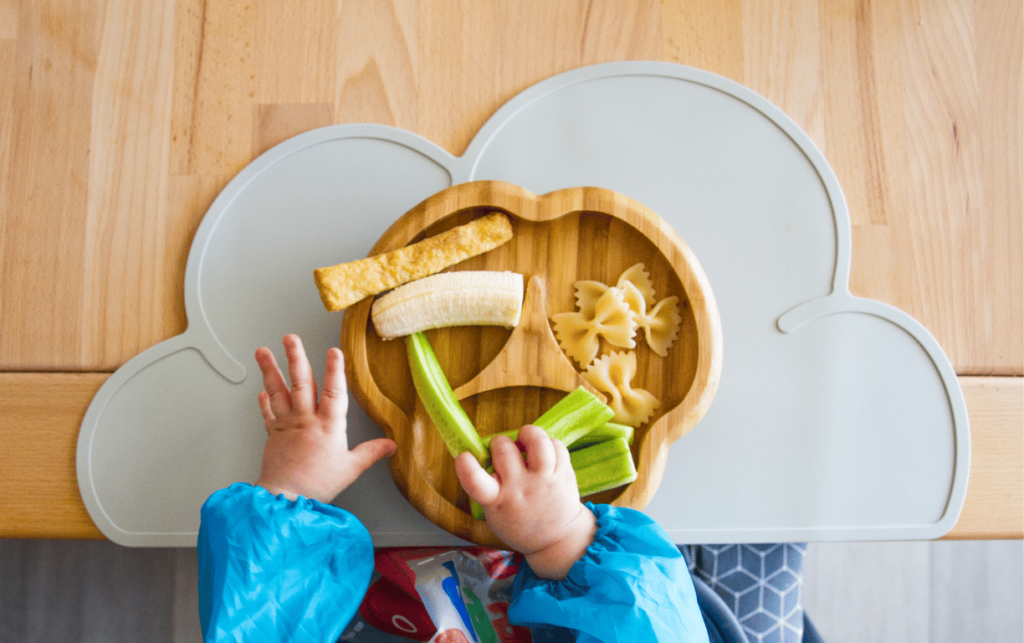Physical Address
304 North Cardinal St.
Dorchester Center, MA 02124
Physical Address
304 North Cardinal St.
Dorchester Center, MA 02124
Finding the right dinner recipes for your baby can feel challenging. You want dishes that are not only nutritious but also tasty and easy to prepare. Exploring simple, healthy options can help create a positive mealtime experience for both you and your little one.

As your baby grows, their taste buds develop, and introducing them to a variety of flavors is important. This blog post will share a range of baby-friendly dinner recipes that are safe, delicious, and perfect for little eaters. You’ll also find tips on meal planning and ideas to incorporate family meals into your routine.
Nutrition is essential for your baby’s growth and development. The right foods provide the energy and nutrients needed during this important time. You’ll want to focus on a balanced diet that includes various food groups.
Babies have unique nutritional requirements. In the first year, they need the right balance of nutrients. This includes:
At six months, you start introducing solid foods. Your baby’s diet should have a variety of textures and flavors as they grow. Aim to gradually increase portion sizes, keeping in mind their hunger cues.
Choosing the right foods is key for your baby’s progress. Here are some of the best options:
It’s also important to offer a mix of flavors. This helps your baby develop healthy eating habits. Avoid added sugars and salt in their meals. Always check for any allergies or sensitivities when introducing new foods.

When making dinner for your baby, it’s important to keep safety and hygiene in mind. Follow these tips to ensure your meals are safe and healthy.
When introducing new foods, be cautious of allergies. Start with single-ingredient items to spot any reactions. Common allergens include:
Wait three to five days before adding another new food. This gives you time to observe any adverse reactions. If your baby shows signs like hives, swelling, or difficulty breathing, seek medical help. Always consult your pediatrician before introducing high-allergy foods, especially if allergies run in your family.
Keep your cooking area safe while preparing meals. Use the following tips:
If using the stove, turn pot handles inward to avoid spills. Use oven mitts to prevent burns. Get your baby involved safely by letting them help with simple tasks while you supervise closely.
Proper hygiene is key when preparing baby meals. Follow these best practices:
Be sure to check expiration dates on packaged foods. Always use fresh ingredients for the best nutrition. Keeping food hygiene in check helps protect your little one from foodborne illness.
When it comes to dinner for your baby, variety and nutrition are key. Here are some tasty options that combine healthy ingredients and fun flavors.
Vegetable-based dinners are a great way to introduce your baby to different tastes. A simple recipe is buttered pasta with veggies. Cook whole grain pasta and stir in steamed vegetables like carrots, peas, and broccoli. This dish is colorful and appealing!
Another idea is sweet potato and broccoli mash. Simply steam both ingredients, then mash them together for a smooth, creamy meal. Sweet potatoes are naturally sweet, which babies usually enjoy.
You could also try zucchini and carrot fritters. Grate both vegetables and mix with a bit of flour, egg, and seasoning. Pan-fry until golden. These are easy for little hands to pick up!
For protein-packed meals, consider chicken and vegetable stew. Slowly cook chicken with carrots, peas, and potatoes in a broth until tender. The flavors blend nicely, and it’s very nutritious.
Another great option is meatballs made from ground turkey or beef. Mix the meat with finely chopped vegetables and breadcrumbs. Bake or cook in sauce for added moisture. They’re easy to eat and high in protein.
You can also prepare scrambled eggs with spinach. Whisk eggs and cook gently, adding fresh spinach until it wilts. Eggs are soft and a perfect protein source for your baby.
Hearty grain dishes can be both filling and nutritious. Try quinoa mixed with veggies and cheese. Cook quinoa as directed, then stir in steamed mixed vegetables and a sprinkle of cheese for a creamy texture.
Another option is brown rice with black beans. Combine cooked rice and rinsed black beans, adding a little cumin for flavor. This dish is full of fiber and healthy nutrients.
A tasty choice is oatmeal with fruits. Cook oats according to package instructions, then stir in mashed bananas or applesauce. It’s a warm, soothing dish your baby will love!
These ideas are simple and provide a solid foundation for your baby’s dinner routine. Enjoy exploring new flavors together!

Meal planning can help you save time and ensure your baby has nutritious options. Here are two effective strategies: batch cooking and ingredient variations. These methods will make mealtime easier and more enjoyable for both you and your little one.
Batch cooking is a smart way to prepare multiple meals at once. You’ll cook larger quantities of baby-friendly recipes and store them for later use.
Steps to Batch Cooking:
Batch cooking can create a sense of routine and make feeding your baby simpler.
Using different ingredients can keep meals interesting for your baby. It also ensures a wider variety of nutrients.
Ideas for Ingredient Variations:
Ensure that any new ingredient is appropriate for their age and allergy considerations. These variations can make mealtime more exciting and flavorful, helping to establish healthy eating habits.

Including babies in family meals can help create a positive eating environment. It’s important to adapt your dinners so that they are suitable for your little one while keeping everyone happy at the table.
You can easily modify adult meals to suit your baby’s needs. Start by choosing healthy family recipes that are flavorful but not too spicy. When cooking, use ingredients that are safe for babies, such as lean meats, vegetables, and whole grains.
Here are some simple adaptations:
This way, you can serve a meal everyone enjoys while ensuring your baby gets nutritious food.
Making mealtime a family affair helps babies learn healthy eating habits. Here are some tips to strengthen family connections during meals:
By following these tips, you create a nurturing space for your baby to learn about food and join in family traditions.

Feeding picky eaters can be a challenge, but there are helpful strategies.
Start small. Introduce new foods one at a time. This makes it less overwhelming for your baby.
Offer familiar foods. Pair new items with foods your baby already likes. This can help them feel more comfortable.
Make it fun. Use bright colors and creative shapes. Kids love fun meals, like animal-shaped sandwiches or colorful fruit skewers.
Involve your child. Let them help in the kitchen. When kids participate in meal prep, they may be more excited to try what they made.
Be patient. It can take several tries before a child likes a new food. Don’t give up too quickly.
Set a routine. Establish regular meal and snack times. This can help create a sense of security and predictability.
Eat together. Family meals can encourage your child to try new foods while observing you.
Limit distractions. Turn off the TV and put away toys during meals. This helps your child focus on eating.
Offer choices. Give your child options, like choosing between two veggies. This empowers them and can make them more willing to eat.
Using these tips can make mealtime easier and more enjoyable for both you and your baby.

Storing and freezing baby food can make mealtime easier for you and your little one. Here are some tips to help you keep your homemade baby food fresh and ready to use.
Choose the Right Containers:
Use airtight containers or freezer bags to store baby food. These help prevent freezer burn and keep the food safe.
Portion Control:
Consider freezing baby food in small portions. Ice cube trays are great for this! Each cube is about one ounce, perfect for one meal.
Label Everything:
Always label your containers with the date and type of food. This helps you keep track of what’s in the freezer.
How Long to Freeze:
Most baby foods can be stored in the freezer for up to three months. After that, the quality may go down, but it should still be safe to eat.
Thawing Baby Food:
When it’s time to use the frozen food, thaw it in the fridge overnight. You can also use the microwave, but make sure to stir well and check the temperature.
Reheat Safely:
Always heat the food thoroughly and allow it to cool before serving. This ensures your baby stays safe and enjoys their meal.
Following these simple steps can make preparing and serving baby food much easier for you!

Introducing new foods to your baby is an exciting journey. It’s important to start at the right time. Most experts recommend beginning solid foods between 4 to 6 months of age.
Here are some helpful tips to keep in mind:
When you introduce potentially allergenic foods, like peanuts or eggs, do so along with other new foods. This can help your baby become accustomed to different tastes early on.
You can begin with simple options like:
At around 6 months, your baby may try textured foods. These should still be soft and easy to chew.
Don’t worry if your little one doesn’t like a new food at first. They may need to try it multiple times.
Keep it fun! Offer a variety of colors and flavors to make mealtime exciting. Enjoy this special time as your baby discovers new tastes!
As your baby grows, it’s important to introduce different textures and tastes in their meals. Starting around 6 months, you can begin with smooth purees. At this stage, focus on single ingredients like apples, carrots, or sweet potatoes.
Once your baby is comfortable with purees, you can move to lumpy textures. This could be done by mashing food with a fork. For example, try mashed bananas or avocado. These foods are soft and easy to handle for little hands.
Around 8 to 9 months, your baby can start exploring finger foods. Foods such as small pieces of cooked carrots, soft peas, or diced soft fruits like peaches are great options. They can practice picking up food and feeding themselves.
You might want to consider these texture stages:
| Stage | Age | Texture |
|---|---|---|
| Stage 1 – First Tastes | 6 months | Smooth purees |
| Stage 2 – More Textures | 7 months | Lumpy purees, mashed foods |
| Stage 3 – Finger Foods | 9 months+ | Soft solids, small pieces |
Through each stage, observe your baby’s reactions and enjoy the journey together. Let them explore new tastes, and remember to keep mealtime fun!

When it comes to baby dinners, knowing what to offer can be a challenge. Here are some common questions and answers that can help you plan nutritious and tasty meals for your little one.
You can try mashed sweet potatoes, soft-cooked vegetables, and tiny pieces of chicken or fish. Avocado and banana are also great choices because they are easy to mash and full of nutrients.
Start by offering small portions of soft foods during dinner. You can mix familiar flavors with new options. Gradually increase the variety as your baby shows interest.
You might like to serve pureed peas, finely mashed potatoes, or applesauce. Soft-cooked carrots and baby oatmeal are also good choices at this age.
Bland options include plain rice, steamed zucchini, and well-cooked pasta. These foods are gentle on their stomachs and easy to digest.
At this age, you can try soft lentils, minced turkey, or finely chopped steamed broccoli. These options provide protein and essential vitamins while being safe for your baby.
Consider dal (lentil soup) or khichdi (a mix of rice and lentils). These dishes are nutritious and can be made mild for your baby’s taste preference.